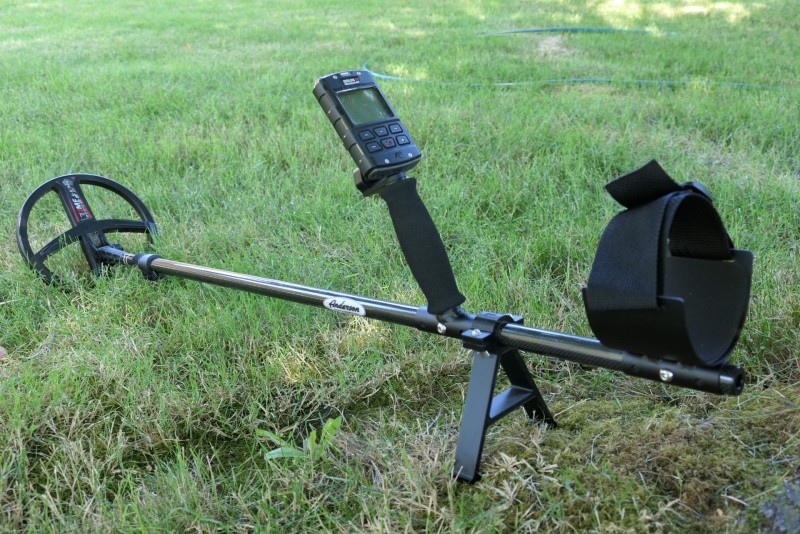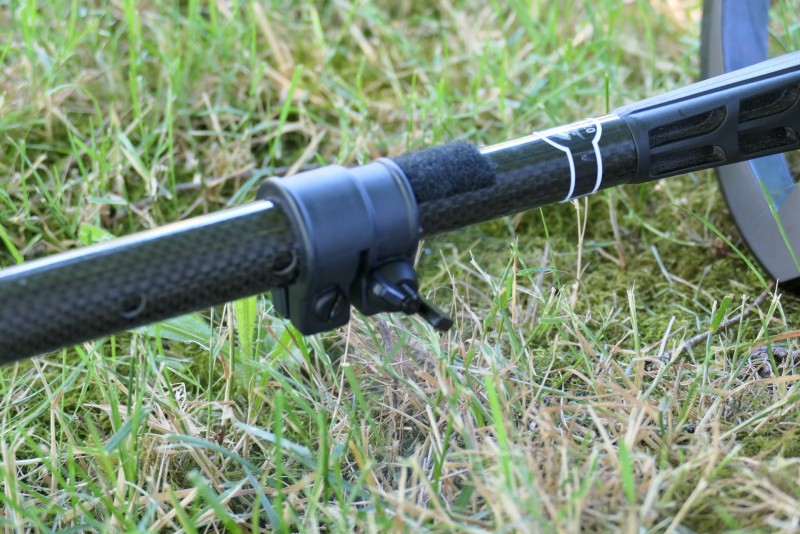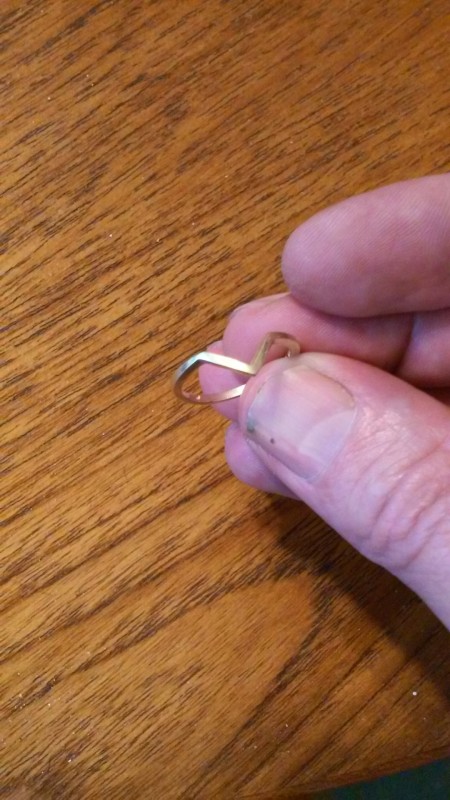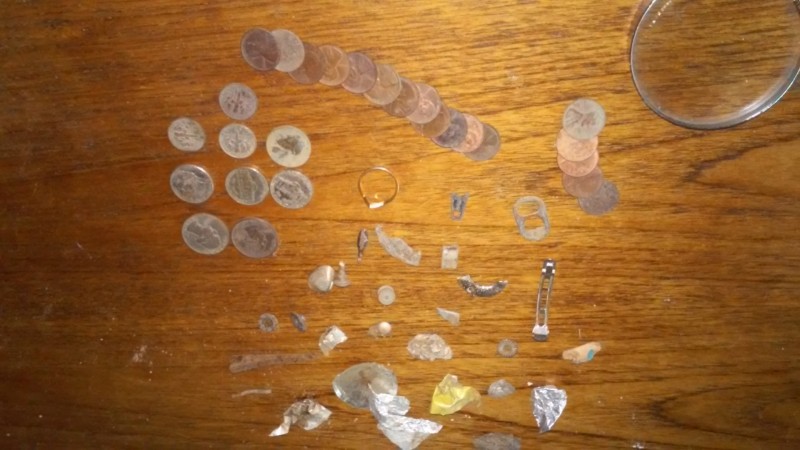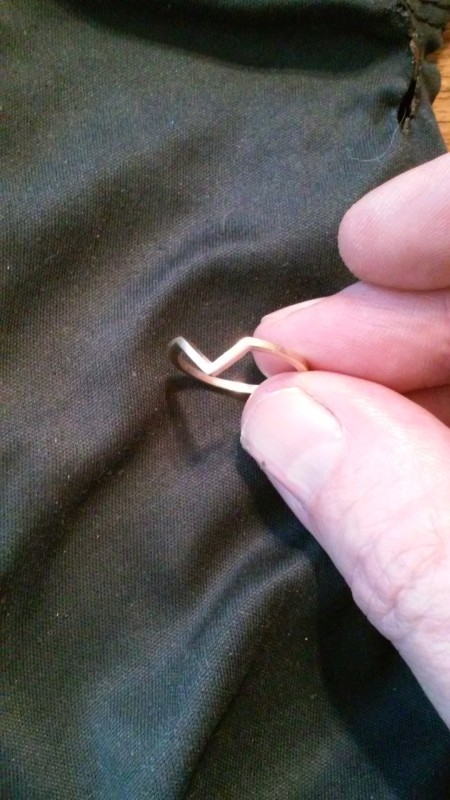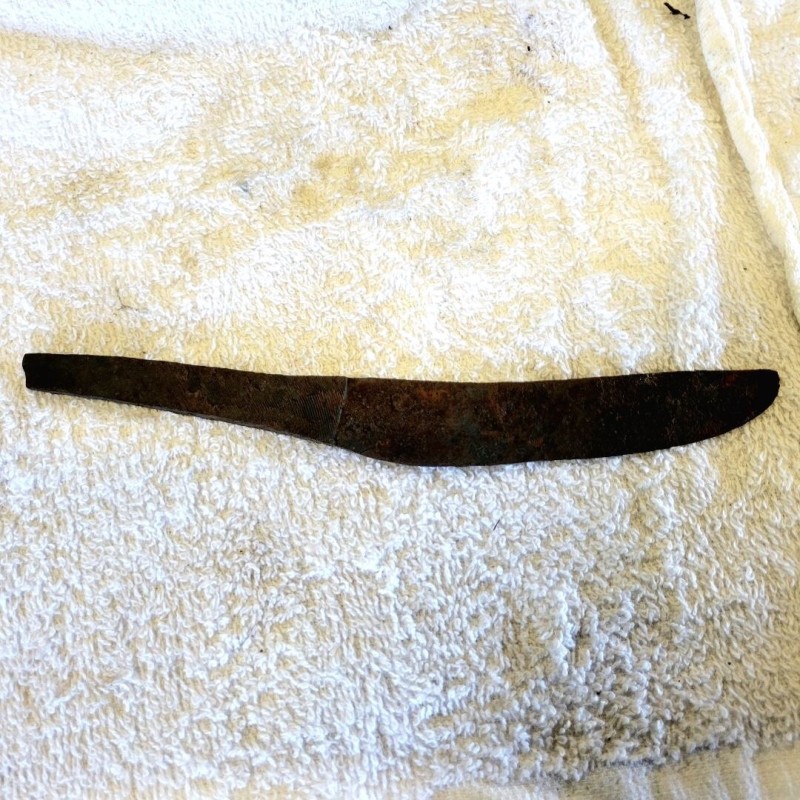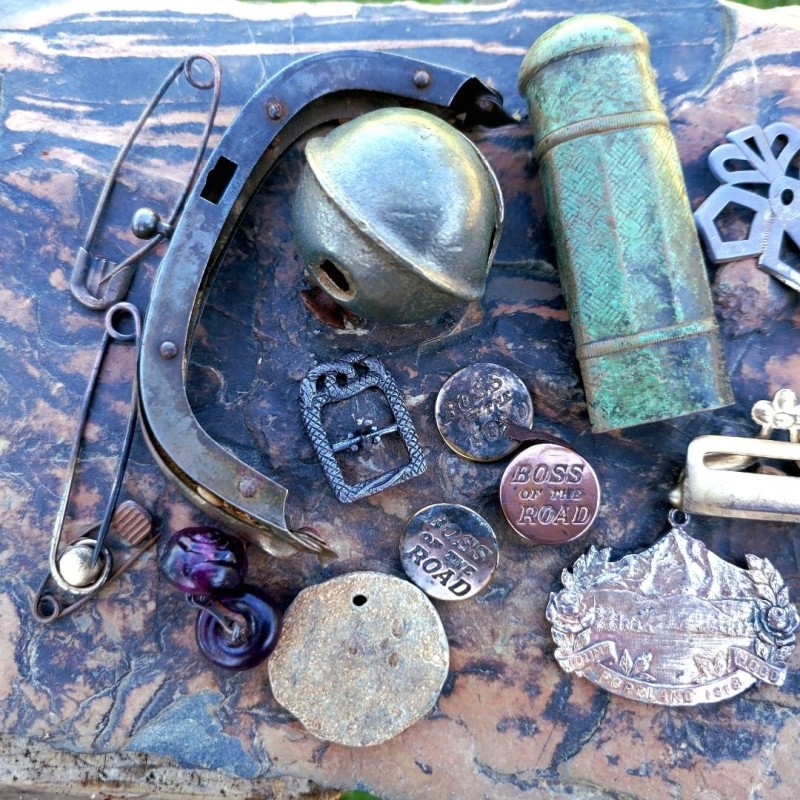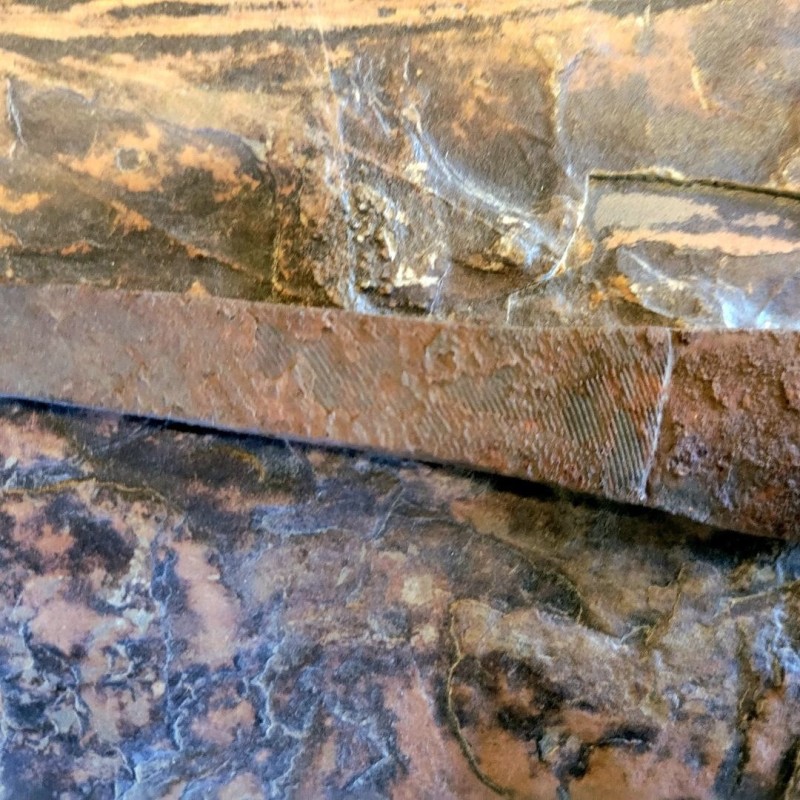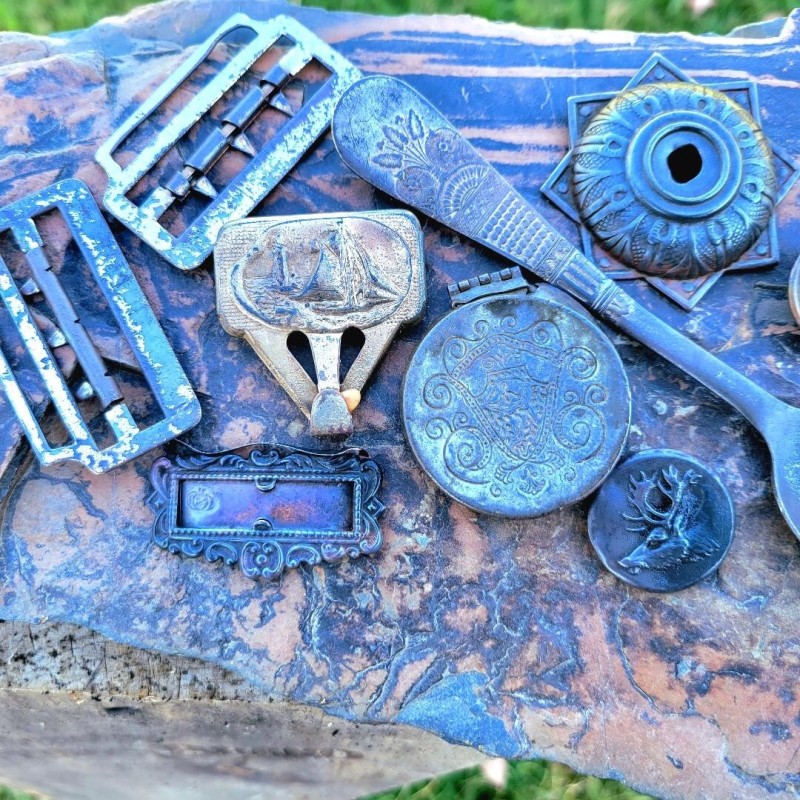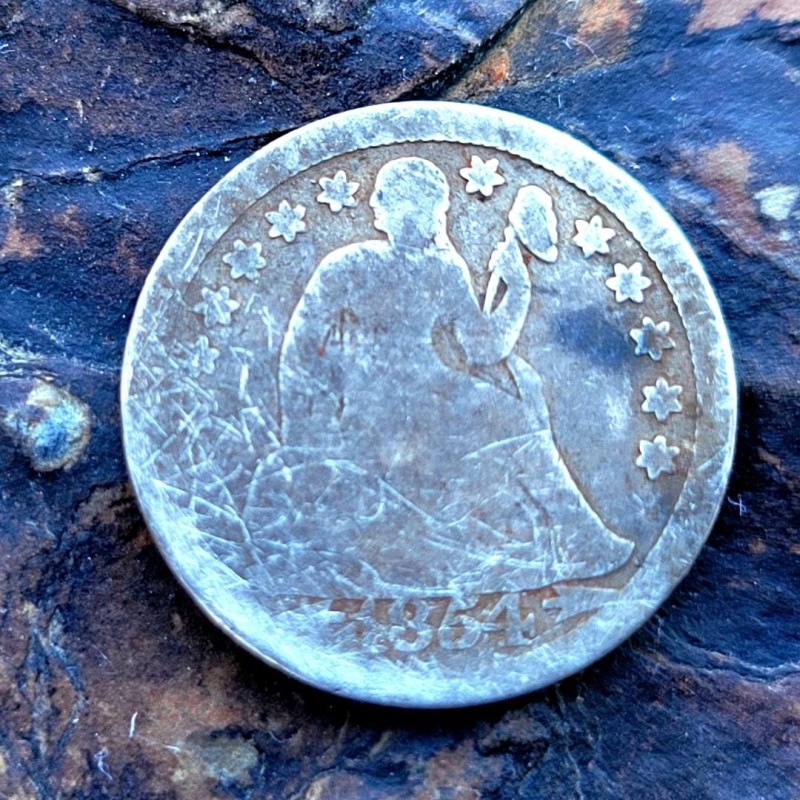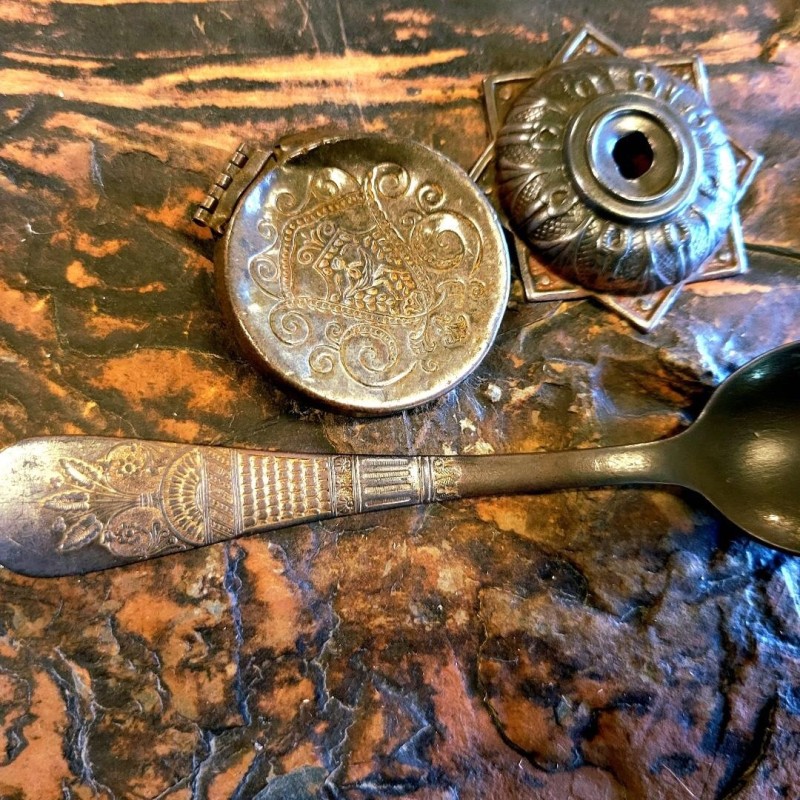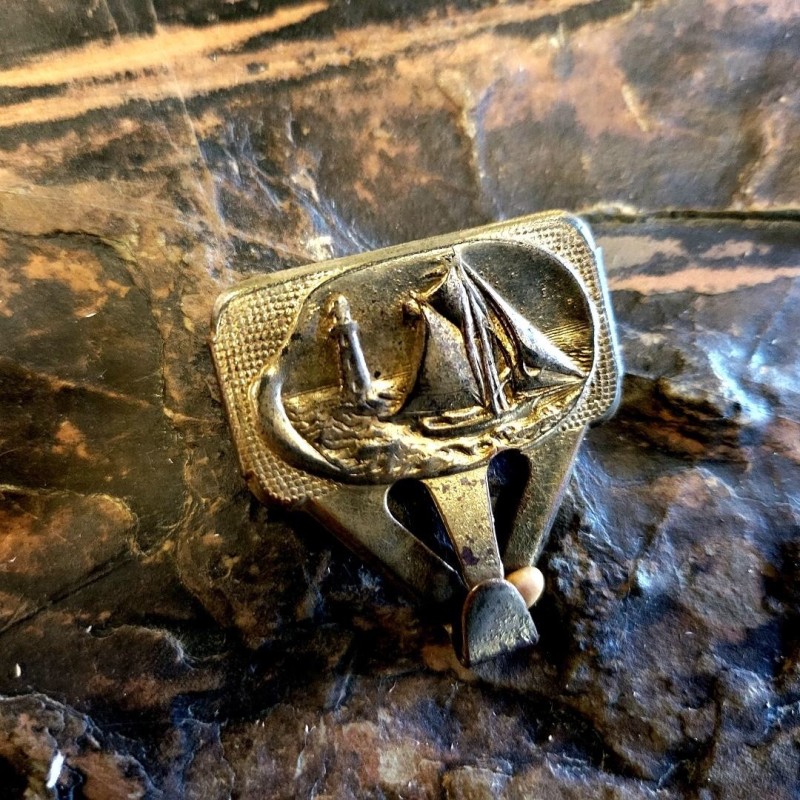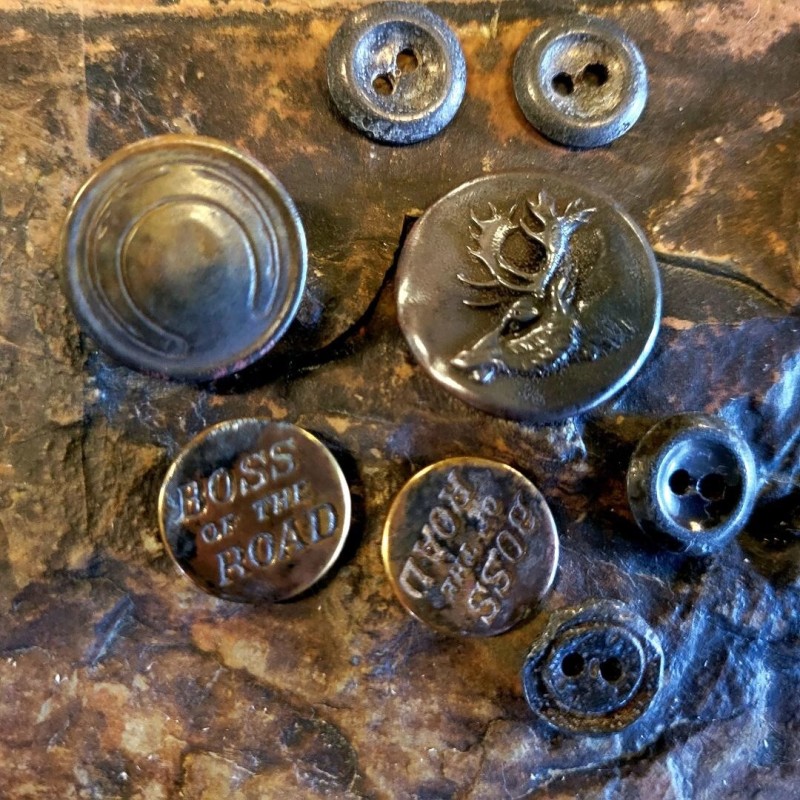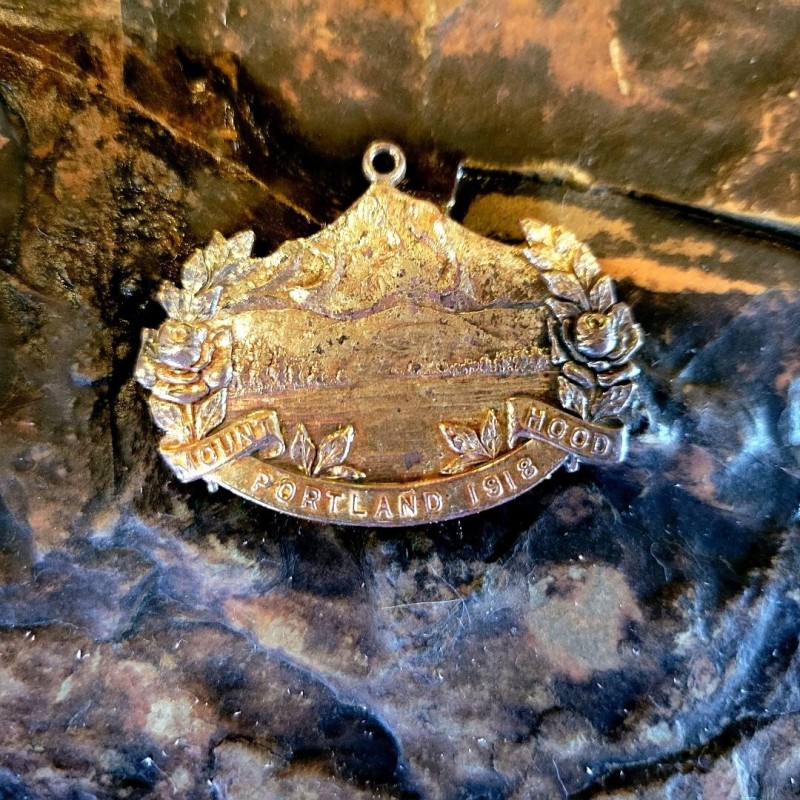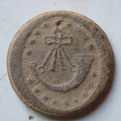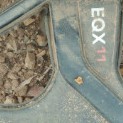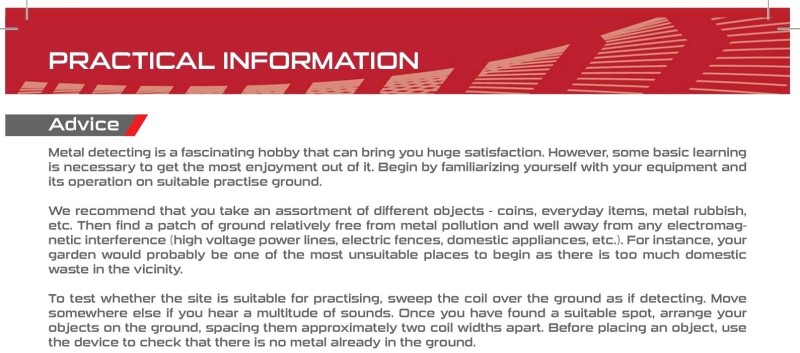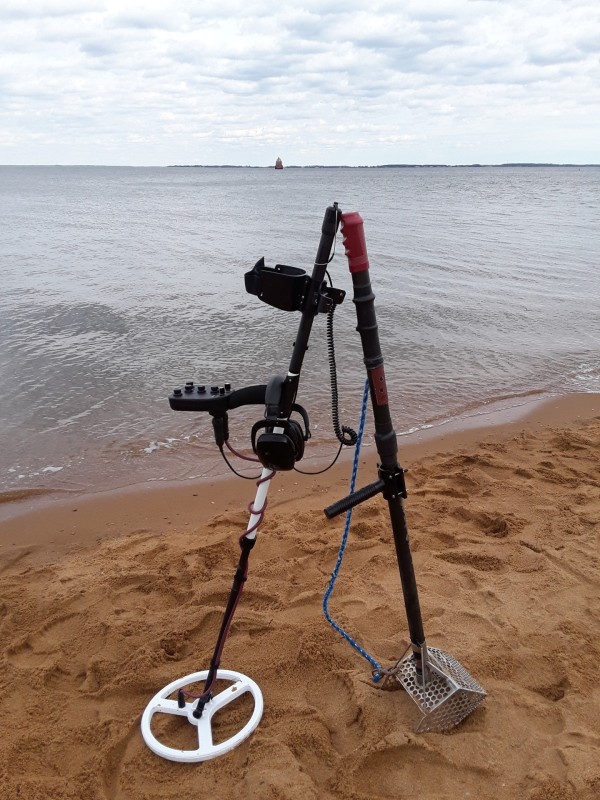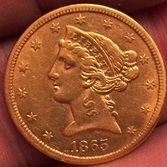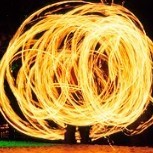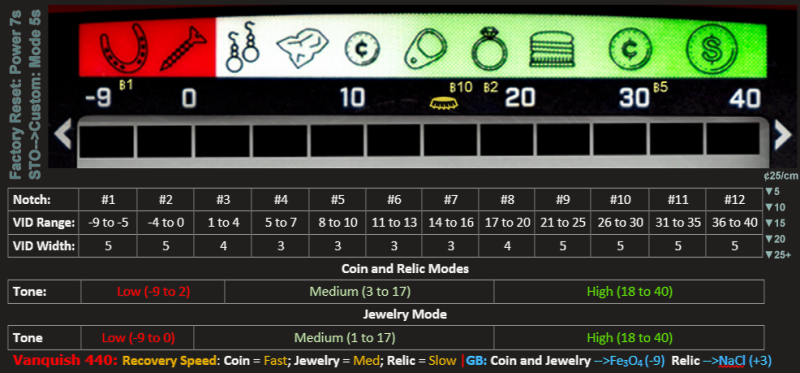Leaderboard
Popular Content
Showing content with the highest reputation on 07/04/2022 in all areas
-
Another milestone today...I finally broke the gram mark with the 6000. Got a nice specie today, 77gm total weight, crushed up only 8.8gm of gold though. Was a positive channel 2 signal though, not dipping and over 10" deep. Sounded like a big lead shot from the top lol. I'm at over 50 grams now, definitely 'in the black'11 points
-
6 points
-
I finally had a chance to do wild target comparison testing in a Denver Colorado area public park using Deus 2 9" coil, Legend 11" coil and Equinox 800 11" coil. Absolutely nothing is implied by doing these tests. I don't work for these detector companies and I gain nothing from doing this testing except for the knowledge it gives me. I am sharing this experience here on this forum. I am not trying to prove anything whatsoever. I liked all three detectors before the test and I still like all three detectors very much. They have many similarities and just a few basic differences at least when it concerns this test, on this day, in these ground/target conditions. So, the ground was damp, temperature was 82 F with light breeze and partly cloudy. Deus 2's mineralization graph consistently displayed 10 out of 12 bars, so highly iron mineralized ground. I chose a 30 foot by 7 foot area and flagged six targets. Actually I only had six flags but there were seven targets. Target number 2 was actually two adjacent targets. I used Deus 2 to first locate and choose these targets. Target depths below include 1" of grass/ground clearance. I chose these targets to flag because: ---they were fairly obvious deeper targets, ---there seemed to be iron, low conductor, mid conductor and high conductor non-ferrous targets included in the target selection ---all of these targets had consistent enough target IDs and tones for me to make an educated guess about what they were before digging --- all of these targets were probably coin sized and at least 6" deep which was determined by audio response, displayed depth readings and they were all out of range of my Teknetics Tek Point pinpointer set to Max which usually means 4.5". You can stop reading right here if you want. All three detectors had very similar results on these seven targets and the information they gave was remarkably consistent and accurate considering the depth of these targets and the high iron mineralization. However, before digging the flagged targets I ran all three detectors over the grid area and counted the number of targets that I determined were solid 2 way response targets. They could be ferrous, mixed ferrous or non-ferrous but they had to have repeatable 2 way responses. Size was not considered. Most were shallower than the flagged targets by their audio responses and depth readings. After the test I recovered 15 of these targets that were in the surface to 4" depth range before stopping since the grid area was starting to look really bad from my recovering 22 targets including the flagged targets. I used the Legend to recover those 15 targets. Deus 2 detected 31 targets that matched that description in the 30' by 7' area. The Legend detected 43 and the Equinox detected 54. Those were detected 2 way repeatable targets. There were many more that weren't 2 way repeatable by the way. So, this was a small area with lots of targets that could cause masking, etc.!!!!!! Settings: Deus 2, 9" coil, Detech over the ear headphones with WS6 Puck installed.......Modified Program 2 Sensitive, 5 tones, disc. 10, sens. 95, Freq. shift 3, Iron Vol. 3, Reactivity 2, Audio response 4, Bottle cap reject 1, Notch OFF, Silencer 1, Ground Balance 86 (I chose the Sensitive program because it ground balances the best in the iron mineralization present here of all the higher weighted programs with very few spurious ground responses in the Coke 23 to 25 range) Legend, 11" coil, stock Bluetooth over the ear headphones.......Park Multi 1, 6 tones, disc. 0 to 3 rejected, sens. 26, freq. shift 10, recovery speed 5, iron filter (fixed) 8, iron volume 4, no notches, ground balance 9. The Legend ground balanced easily with no issues with spurious ground responses. Equinox 800, 11" coil, Avantree Studio Pro over the ear BT headphones, Park 1 Multi, 5 tones, disc -9 to -5 rejected, sens. 22, freq. shift 8, iron volume 4, recovery speed 5, F2 iron bias 2, no notches, ground balance 2. The Equinox ground balanced easily with no issues with spurious ground responses. Target 1 6.5" deep small aluminum ring pull with just the ring....no beaver tail All three detectors detected this target correctly. Deus 2 TID 62 Legend TID 25 Equinox 800 TID 12-13 Target 2A US Jefferson Nickel 2004 Lewis and Clark "Keel Boat" and Target 2B unidentified mixed aluminum/iron target Both targets were 7" deep and they were 3" apart. All three detectors detected both targets separately and correctly. Deus 2 target 2A TID 62, target 2B TID 83-85 with iron audio responses Legend target 2A TID 26, target 2B TID 40-41 with iron audio responses (targets were too deep for Ferro Check reliability) Equinox 800 target 2A TID 12-13, target 2B TID 22-23 with iron audio responses Target 3 7" deep 1977 Lincoln Memorial copper penny All three detectors detected this target correctly and easily. Deus 2 TID 89-90 Legend TID 47-48 Equinox 800 TID 27-28 Target 4 7"deep 1959 Lincoln Memorial copper penny All three detectors detected this target correctly even though there were iron targets/responses all around it which made the exact location of this penny tough to pinpoint. Deus 2 TID 89-99, Legend TID 48-60 Equinox 800 28 to 39 Target 5 9" deep 1965 Lincoln Memorial copper penny This target was detected correctly by all three detectors even though there were iron targets/responses all around it. By far the toughest target of the test. Deus 2 TID 91-99 Legend TID 50-60 Equinox 800 TID 30-39 Target 6 8" deep 3" long late 1800s to early 1900s square nail All three detectors detected this target with mid conductor falsing and with iron responses. I guessed a very corroded zinc penny, mangled aluminum screw cap or nail before digging. Deus 2 TID 81-88 with plenty of iron responses, Legend TID 38-44 with plenty of iron responses (too deep for Ferro Check reliability) Equinox 800 TID 21-25 with plenty of iron responses. This test did teach me one really important fact. Not on a soapbox here just stating the obvious. There were many people including me that doubted the ability of Nokta Makro and XP to come up with effective simultaneous multi frequency operation that could compete with the Equinox platform. We all experienced the release of Deus 2 and the Legend and all of the turmoil and vitriol that went with those releases and with the hype both positive and negative afterwards. I will just say that in particular.......the Legend is an outstanding metal detector. Its precursor, the Simplex (I detected this park with one) simply would not have hit these flagged targets in this dirt very well if at all and certainly with very poor target ID/tone accuracy. The same goes for the original Deus 1 (also detected this park with one). So both companies have released great SMF detectors no matter what anyone says to the contrary.5 points
-
I did find a 'Bertie' a while ago at Geoffrey Bay.. I forgot all about it until you mentioned yours.. It's a 1903 'Bertie'.. It's not in as good a condition as yours but that's the big disadvantage of hunting along the coast.. Although I'm surprised at how great mine looks considering the amount of high tides it's been through before I found it.. For some reason it appears silvery looking on the photo, in real life it's copper..5 points
-
5 points
-
Yep disregarding all the marketing hype, it's really all about what works best for you in your conditions. It's too bad you can't test drive new detectors before buying, but that would require at least a 100 hour test drive for each one. 🤣 That's why I appreciate the reliable and useful unbiased information from those that can aquire new machines and give honest opinions and testing in their conditions on this forum.4 points
-
An interesting aspect of alluvial fans is the often observed "reverse grading". This means that the heavier rocks (and gold) can often be found on the surface of the debris flow, not at the bottom like in water-only flows, such as rivers. This has to do with the density and strength of the flow material (matrix) which creates pressure gradients by which larger (and heavier) material are moved upwards, not downwards. This is why you don't have to look for bedrock in alluvial fans (good luck...), instead the heavy materials (including coarse gold) can be on the surface and within detector reach.🤠🤑 GC "Reverse grading often forms due to sieving and density differentials during transport, which forces large clasts to the top" https://sites.google.com/site/wvugeol616advancedsed/home/alluvial-fans https://en.wikipedia.org/wiki/Graded_bedding4 points
-
It took about four months for me to get over the bad taste with the Equinox release, from the slipping release dates, broken dealer promises on shipping, bad shaft fitup quality, lack of accessory coils. You get over it eventually...for me it was my first gold find w/ the Nox and then an amazing 1 day relic run. Yeah, I got over it.4 points
-
4 points
-
This one is for the cache and relic hunters.... There is an old camping spot I know of that makes an ideal testing ground for detectors. It's ultra trashy, being a popular recreation and hunting area for many, many centuries. People's of all ages have left behind every imaginable item - arrowheads, ancient stone tools, old wagon parts, stoves, bottles, engine parts - a cornucopia of items lost or abandoned. Last summer I finally got around to testing the Tarsacci in this challenging area. It's an alluvial fan where two creeks join, only about three acres in size. Every spring the snow above the canyon melts, which brings down a new layer of silt and gravel, covering up the items left behind from the previous year. The metal trash layer is about 4 feet thick, dating from about 1870 to the present day. There is a paved road that goes right alongside of it, and many detectorists have had a try on it over the last half century or so. They usually give up on it on account of the bewildering amount of worthless items detected on every swing. In the photo are just the bullet casings from a 10 ft. sq. area. It's so bad all you can do is laugh about it. This place has been shot to hell from every angle...I only had time to spend a few hours here on this visit, so I decided just to lift the coil(11"x9") and see if I could find some larger items underneath the surface trash. To clear the bullet casings I had to lift the coil about 15", which eliminated most of the small objects. This way only the large items would be detected, and there were lots of those. First up was a solid signal with a TID of 16, ground was 685, 6.4khz. I lifted the coil up to 24" before the signal faded. Definitely a large item. It was a tin sign, about 6" x 10", laying flat, 10" down. So that's about 34" with an 11" coil. So depth was about 3X coil size. Not bad! Next up was another strong signal. TID of 18, ground 700, 6.4khz. Again, I lifted the coil further up about 18", until the signal was gone. Found a crushed aluminum food container 18" down. So that's 36". It was approx. 4" x 6" in size. Irregular shape too. It disintegrated while trying to pull it out. In the pic you can see it at the bottom edge of the hole. What was strange is it didn't pinpoint dead center. It took me over an hour to enlarge the hole wide enough to locate the target. But you know, that's really good depth. Like, GPX kind of good! In all, I located about a dozen aluminum cans, some wire, and a couple of larger iron items I couldn't identify. It was a lot of work, but worth it because I had no idea an IB type of detector could do this with a standard sized coil. Much kudos to Dimitar - his detector definitely has an edge when it comes to larger items buried at depth. My next project will be to bury a 10 oz. silver bar and see how the MDT 8000 compares to the GPX 5000, in really hot ground. I know just the place. Should be interesting....3 points
-
I agree; you can also see this effect in a pan of unclassified material. The larger rocks move to the top when you first start panning.3 points
-
The beach version is what Alexandre had focused on and was ready first. It did not have the small sensitivity of the (e.g.) SDC2300 and we didn't know how tough that would be to solve. Turns out dropping delay from 7us to 3us wasn't as hard as I feared, although it remains to be seen if FTP can manufacture it.3 points
-
KL, nah nah nah, don`t try and put some blame on OZ for The Outback Tanks foreign lingo, I got him straight off the plane from the US on his first downunder trip, well almost straight off the plane, the folks at the airport kindly fed him and tried to locate his chauffeur but they had no idea what he was on about..... Anyway only words it seems that he spoke we understood in FNQ was "burger with the lot" and "beer". Fortunately he writes English otherwise he`d be still at the the Cairns International Airport hands full of burger and beer.3 points
-
My XP Deus ll on a Andersons detector shaft and lower rod. I like it!! I had to modify the Andersons shaft a little bit. Even in the last button hole it was way to long for me. I am not a tall person. I almost sent it back because if you don't use the button holes the only thing holding the lower rod is the little thumb screw on the side and it is not strong enough to keep the coil from moving around. I happened to remember that I had a Pluggers shaft lock that I had purchased several years ago. So I removed the Andersons shaft lock and replaced it with the Pluggers. So now I can adjust it wherever I want without using the button holes. I also used a Dremel tool to make the end that attaches to the coil smaller so it doesn't rub on the top of the coil.2 points
-
That’s a great reference, Good photos too. Death Valley has so many great examples of this stuff to see, every geology class I’ve taken have always included field trips there and I recognize some of the stops there. If one really wants to delve into this, there’s a great Geomorphology book available on the web in PDF version. New editions of the book are available to buy but the 2nd and 3rd editions are available from several links online. Just search for “Fundamentals of Geomorphology by Richard John Huggett PDF”2 points
-
Nice! I was wondering how the 6000 does on speci gold like that. Good to see it's hitting it relatively deep all things considered with the target type.2 points
-
You know someone finds a decent amount of gold when they find something like that, and smash it up 🙂 I'd treasure that thing!2 points
-
2 points
-
I don't know if I am unbiased........still trying to get the foul odor of the release of Deus 2 and the Legend out of my nose, but I wouldn't hesitate to use any of the three in 95% of the hunting scenarios out there. Great detectors that are super close in performance and lots of fun.2 points
-
It is light and a breeze to swing. No idea on the price, that hasn't been decided yet. I've lobbied for $2k. No discrimination, it happily finds those rotten can flakes. In most places I did not find the manual GB to be an issue. But in one locale the ground varied by the meter and I found myself tweaking the GB every few swings. Once I swap the locations of the fine/coarse knobs then it will be fairly easy to use the thumb to tweak the GB control on-the-fly. As I recall, the QED has to be placed in a particular mode to adjust GB which makes it difficult & tedious. Impulse GB works in any mode.2 points
-
2 points
-
That was indeed written with my tongue planted firmly in my cheek.. I just couldn't resist.. I had a feeling it would probably get lost in translation.. people often don't get my sense of humour (sarcasm).. Of course I'll be using the Deus II to hunt my own backyard and you're spot on, now the yard is cleared it's time to unleash the Relic Monster..2 points
-
I guess you'll have to stop by and detect here when you get back to get back on track financially. BUT you must promise to speak only when spoken to. That Tennessee-Australian accent just drives me nuts.2 points
-
That's a piece of lead from Oak Island that originated from the same mine as the lead cross. It could also be a Templar marker that was found nestled between the rocks on the stone path in the swamp. These guesses, of course, are complete conjecture on my part. 😁2 points
-
digging the aluminum again tody, and found a nice 14 k yellow gold ring I was using the XP-ORX and in the deep program 75gain, 2 recovery speed, 17.2khz and 7 disc the ring s VDI was 49,50 really getting in with the junk foils Its made by Aurelie GI and is solid 14 k they recycle old jewellery and make new rings with it this is now ring number 3 for 2022 made from gold , just amazing how the grass can conceal things2 points
-
I had a chance to do a rare off season beach hunt and I must admit, the sun is way hotter in the summer. Went to visit a friend and he suggested a small beach we could hunt. Not much of a low tide and a lot of trash, iron, and rocks. I used the GPX 5000 for this hunt and listening to all the iron was fun, 🤬 but I eventually did find a patch of iron that produced really well. The iron was very shallow so it blanked out and I could then hear the low or high tones that indicated a good target. What surprised me was how shallow some of the good targets were. A buffalo nickel 2” down, and the deepest target in that patch was 8”. Most of the day I found a lot of junk and it was many hours before the first coin surfaced. Almost all of those good finds were found in the last hour and a half of the hunt. It felt really good to be hunting a beach, I don’t think I want that much direct sun exposure though. 7 hours is enough to dehydrate me, but at least I got tanned in one day.1 point
-
Got to spend a couple days up in the high country with some great folks a few weeks ago. Here’s a few relics. The best relic find of the trip was a late 1890’s dog license tag...wish I took a picture of it...maybe the gentleman who found it will chime in with a photo or send me a picture to post? We got chased out by a storm that came through...the one that flooded Yellowstone...the highlight of the trip was getting to sit down and chat with our fearless leader Steve H who wandered into camp one morning. Good times.. Strick1 point
-
...and the list just keeps getting longer. 😉 jk Looking good. Don't let "spanking" that pesky D2 detract you from more important work, Joe.1 point
-
1 point
-
I had that problem too. Turns out I needed to use an older 2.0 USB cable and plugged into a 2.0 USB socket on the computer... 2.0 have a white part in the opening and not a blue one.... at that worked for me... hope it may help others...1 point
-
If only gold prospecting PI detectors had this same level of competition, sadly I don't see it ever happening although there are attempts in the works by a couple of manufacturers so fingers crossed things start to happen. For me a 4th contender is in the list of these 3 good VLF's for general use and that's the CTX, I've never found a better machine for silver coins in my soil, so perhaps a CTX 4040 might come in and take the shine away from some other detectors in the future if they can improve on the technology especially the recovery speed and ground handling I guess, two things I don't notice being a problem but others point out are its flaws.1 point
-
Thanks for doing those tests Jeff, its great to see the results from someone who is unbiased and actually owns all 3 machines.👌1 point
-
Compared to swinging the SDC the Impulse is an ergonomic dream come true. If performance is similar, and the price is right, Fisher will have a real winner. And honestly, getting away from the issues surrounding trying to make a submersible detector would help a lot! Dry land or wading, ditch the epoxy filled box for serviceability, no worries about knob corrosion, battery integrity, etc. I never understood why a beach machine was getting all the attention first, when the nugget + relic market is a larger slice of the pie.1 point
-
1 point
-
Took my buddy Kenny w me back to the high school again. Tons of clad, don’t think it’s been detected in over 20yrs judging by the amount of coins and the years and depth of them. 3hrs of detecting between the 2 of us produced around $7 in clad, a big silver ring, a big brass medallion and some costume jewelry. Kenny ended up finding $3.25 alone in quarters w his new MXT! Thanks! Aaron1 point
-
It's not a meteorite and there isn't any lettering on it. Where was it found? Did it come from British Columbia or California by chance? I'd guess a serpentine cobble based on nothing but a brief visual inspection of photos. The indentions are likely from differential surface erosion in a river, which means it had a bunch of softer inclusions in it, which serpentine often does. I very highly doubt it's jadeite unless by some rare instance it came from Myanmar or maybe Central America. It could be nephrite jade though (this is chemically and mineralogically different from jadeite, not the same thing), which is similar in many ways to serpentine. Black jade is just very, very dark green jade. So it will still show translucency of a dark green when shining a very powerful flashlight on an edge. Meaning - not perfectly opaque, but again very strong LED flashlight is needed. Black serpentine might or might not show translucency depending on it's composition, but it's going to scratch with the tip of a pocket knife whereas black nephrite won't scratch with a pocket knife. In general beyond that, identifying rocks that are highly river worn such as yours is not really something that can be done by photos. You need to do tests on your own. Hardness, density, opacity are what I'd start with.1 point
-
It's my understanding that the AQ will resume in the next 1-2 months. It will not have the drop-in batteries but will still have the clip-on NiMH pack. I finally got the green light to take the Impulse/Gold out for a field test, did so a few weeks ago in N. California. No gold but numerous small lead and quite a bit of rotted tin can flakes. Found some rough edges that need polishing but overall it performed very well. Very light & balanced, a pleasure to swing for hours. It does have the tube batteries, per Joe's photo above, and 8" solid coil. Small gold sensitivity is pretty much tied with the SDC2300, Impulse may go a little deeper on gram+ nuggets. Biggest drawback is the Impulse is currently manual GB only. Question is whether to finish what we have & release, or develop ground tracking for it.1 point
-
1 point
-
All three had similar discrimination settings meaning the lowest 1/3 of their iron target ID range was rejected to help deal with ground noise from the high mineralization. Personally, I think it has to do with an engineering/design choice. Deus 2 seems to have its overall gain or some other background setting (frequency weighting??) adjusted to ignore really small targets. The Legend is more middle of the road and the Equinox is adjusted to really hit hard on a more wide range of target sizes including really tiny ones. Just my opinion from really testing all three on tiny gold nuggets, micro jewelry, tiny lead targets and tiny aluminum.1 point
-
I'm really looking forward to this update. I have a business trip planned in the wonderful month of August, so I'll do a side trip to one of Tom and I's remote back-pocket Spanish outpost sites. It's been (for me) a good site, but it's getting lean. Let's see if the Legend with the 1.08 update, and a bit of IF adjustment will open this site back up. EVERY Nokta Makro detector I've taken to this site have opened it up with some great finds (Racer, Racer2, Impact, Multi Kruzer), I'm sure the Legend will be no different in seeing things differently then other detectors.1 point
-
You are a brave man. 😎 and don't forget your thongs and do I have to remind you to take your detectors. 😁1 point
-
1 point
-
No, I get the tent stake double blip with the 8 1/4 setting. Never seen a nail yet except the test piece. I have not used mute. Beechnut has I think.1 point
-
I'm hunting a new permission with The Legend. I have not dug any Nickels yet but the Wheat cents are running a wide spread like George's Nickels. 38-41 TID in Multi @ 4-8 inches. Out of the ground 43-44. They have a good bit of corrosion. The ground is very funky here. I have adjusted my TB accordingly.1 point
-
I hope the Tarsacci MDT remains focused on it's unique strengths as a more specialized unit instead of a middling do it all.1 point
-
Alexandre (and I) has done all he can do for the AQ/Limited. I am told it will go back into limited production pretty soon, the current delay is with the re-vamped lower rod clevis. Things move very slowly here. We are both working on new PI developments with a continued emphasis on how slowly things move.1 point
-
1 point
-
1 point
-
Not a review, but a chart of the Vanquish 440 correlation between the target IDs, tone breaks, and the notch bars - which I believe is correct and helpful, but missing from the manual - before the original post is buried deep. The target ID scale on this detector is non-linear, with the middle range between 0 and 20 stretched and both ends compressed. The break points between tones, except for one case of Low-Med in Jewelry Mode (at VID 0|1) do not correspond to break-points between notch segments. The yellow values, below the target identification guide graphics, represent the standard response (+/-1) for modern (Rama IX/X, 2008+) Thai Baht coins, when the target signal is strong. After the Factory Reset (press the Power button for 7 seconds when starting), the Custom mode reverts to the Coin mode (and its recovery speed and the low/medium tone break at the VID 2|3), with a particular notching: only VIDs 11-13 and 21-40 ranges are notched in. The accepted notches correspond to the ranges of modern US coins signals.1 point


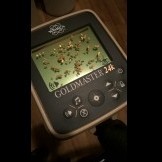


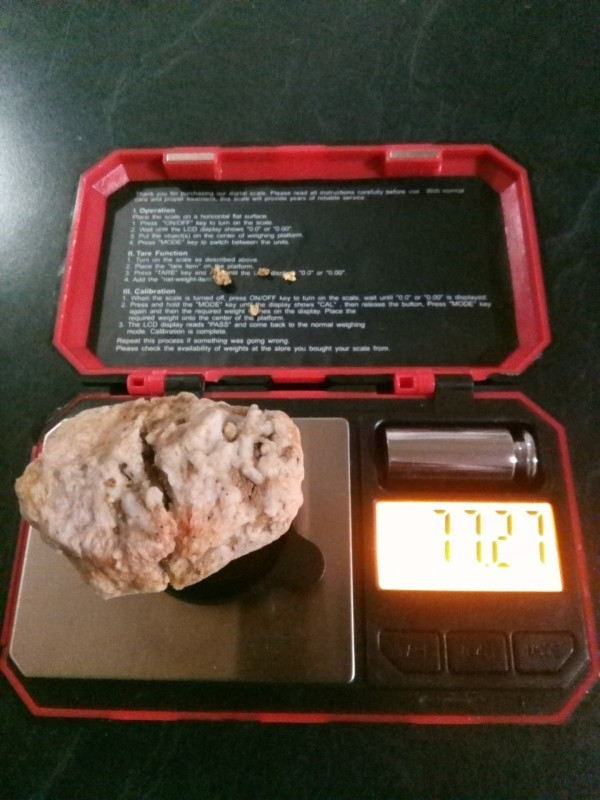
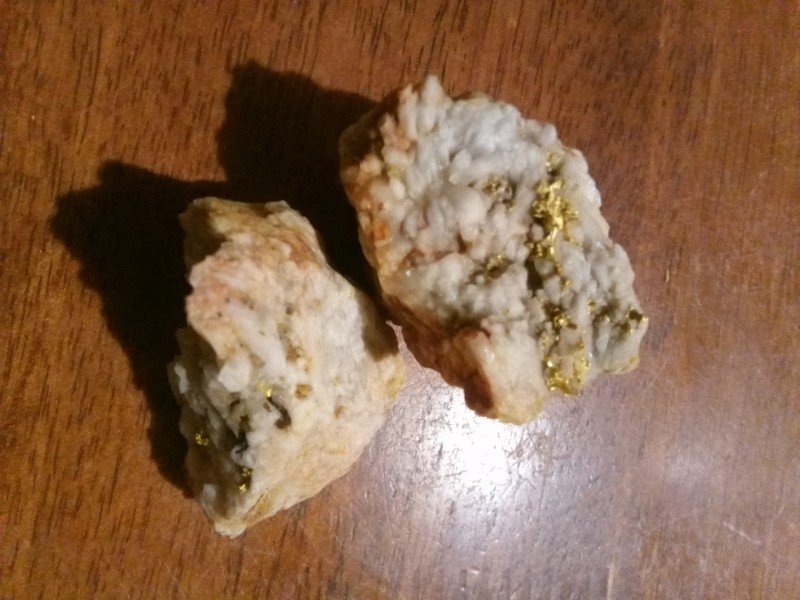
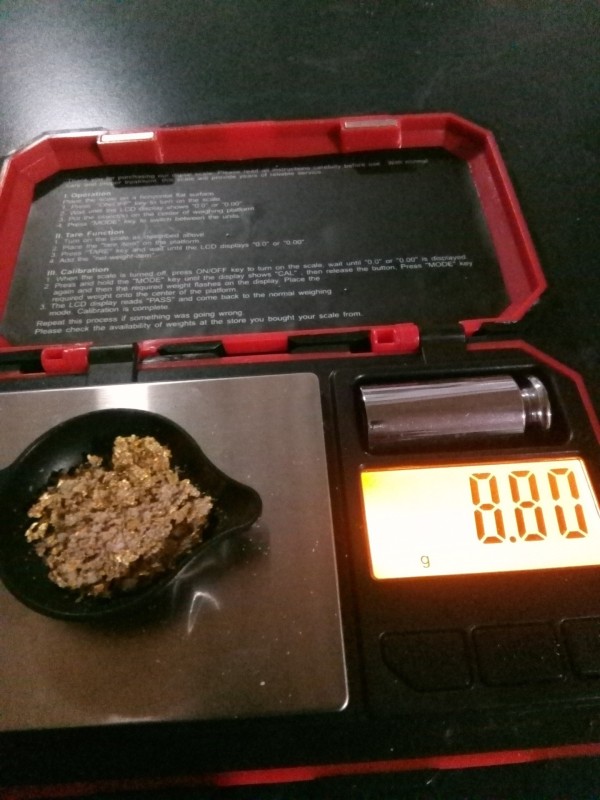
.thumb.jpg.d71314a45f3dc82bf75ac1b96e7e9201.jpg)
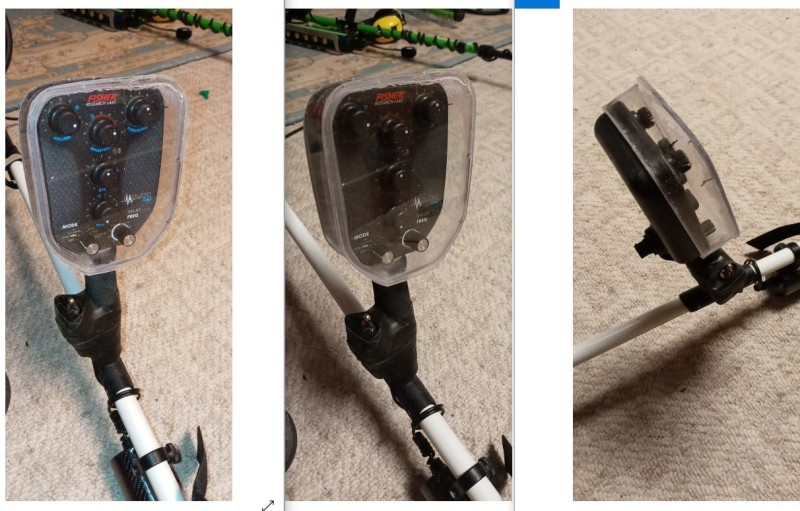
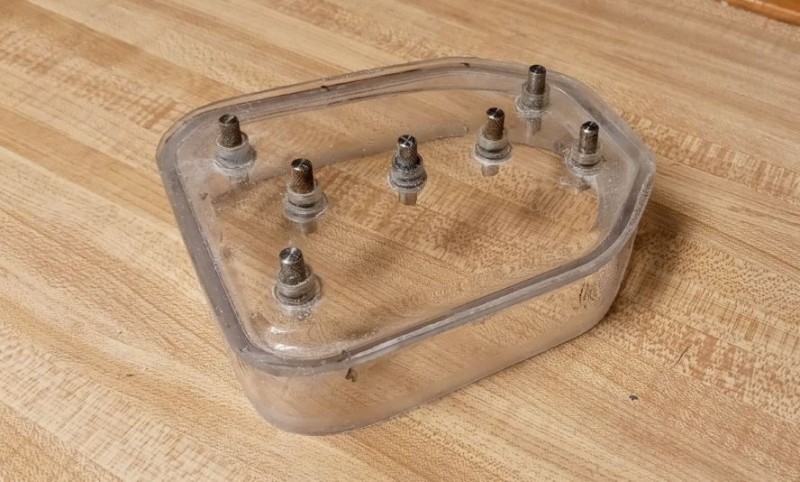
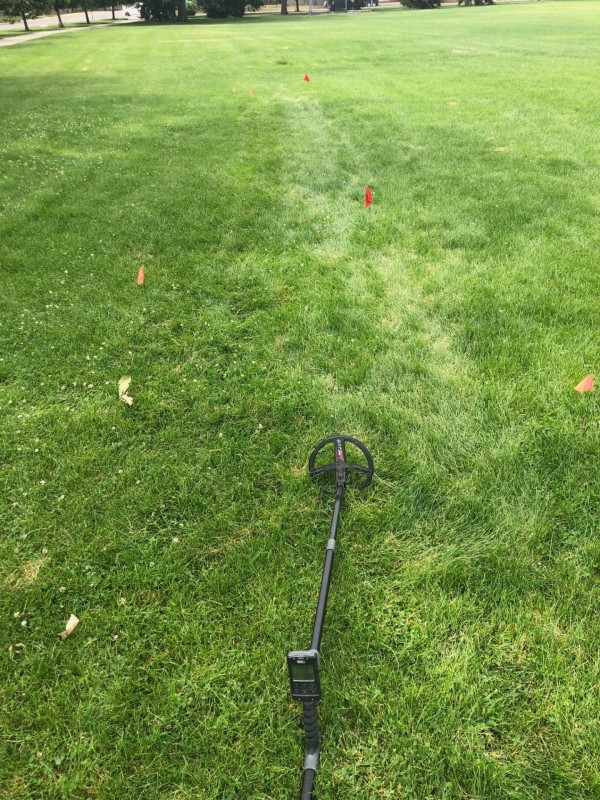
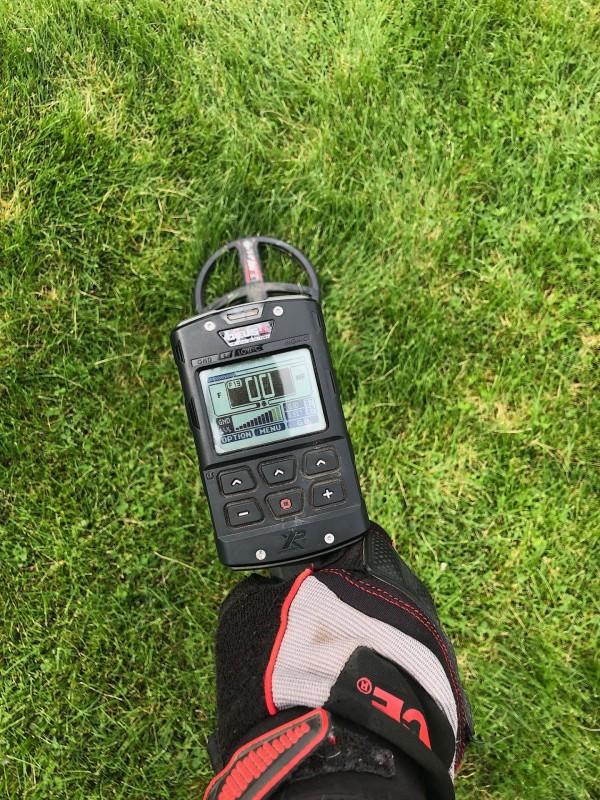
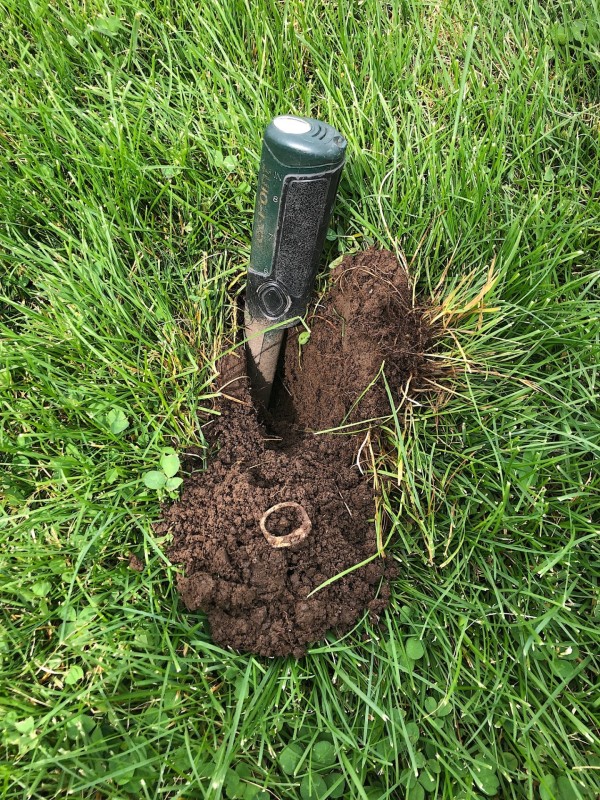
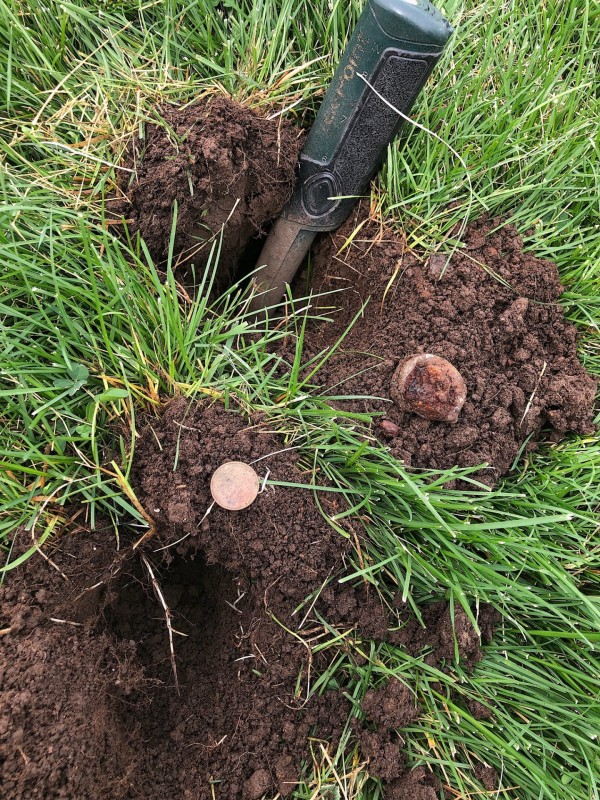
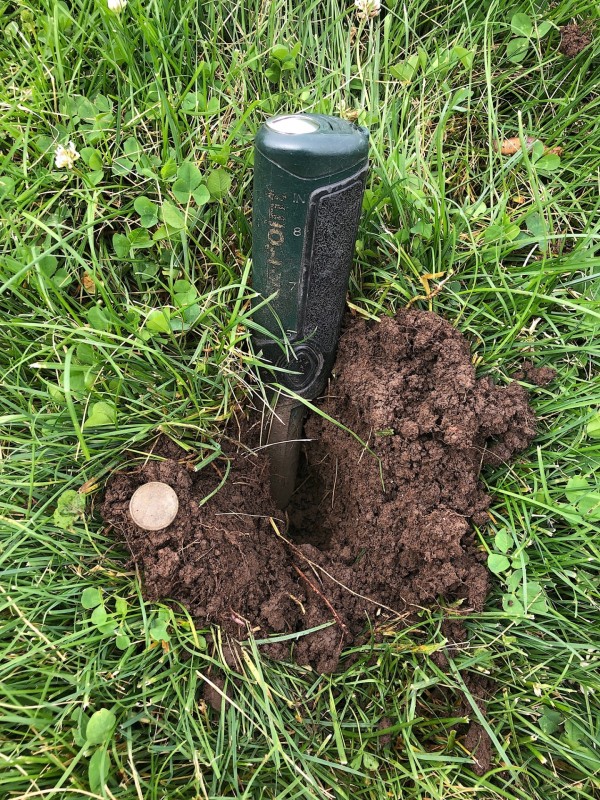
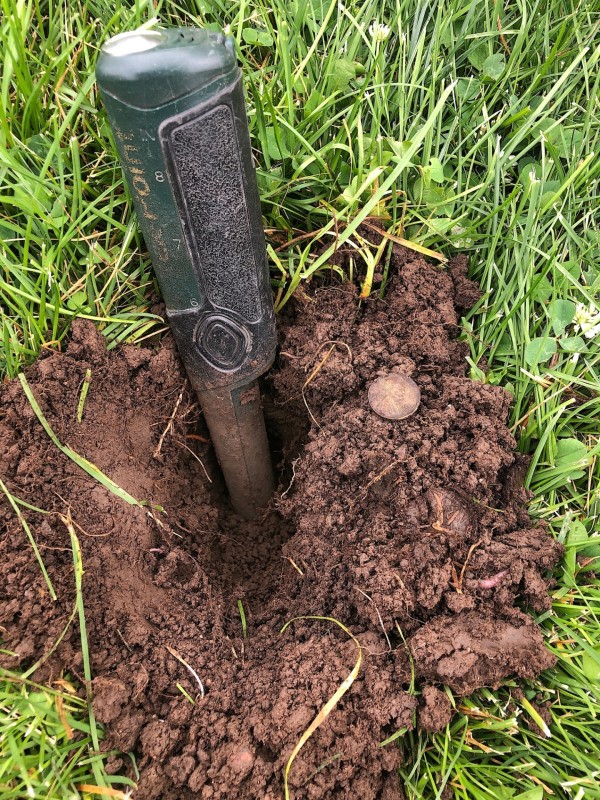
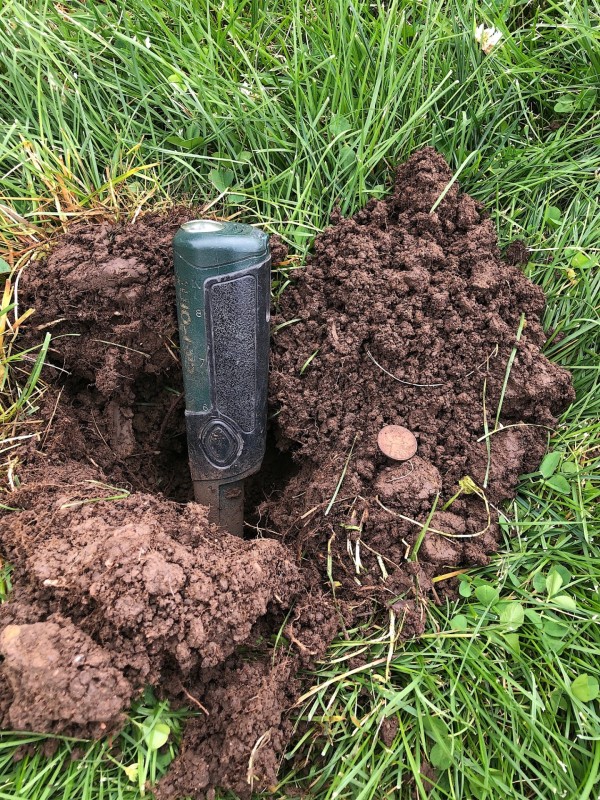
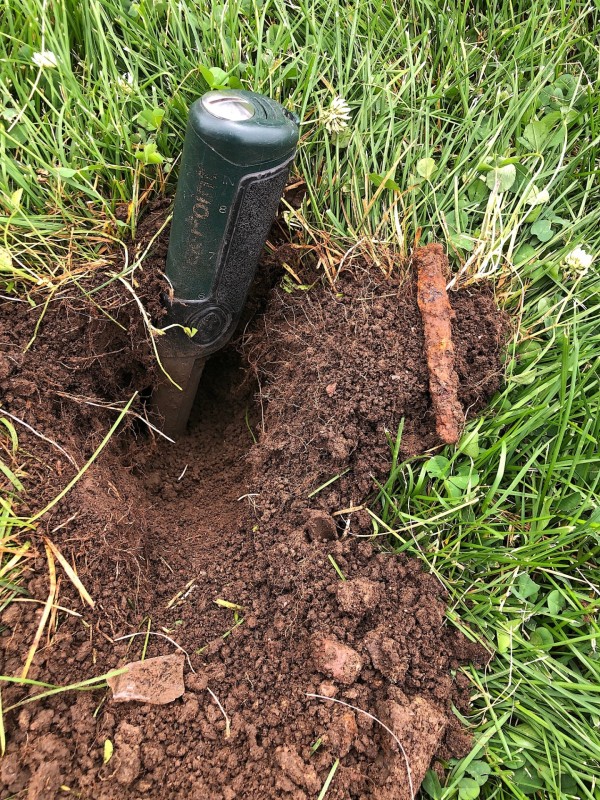
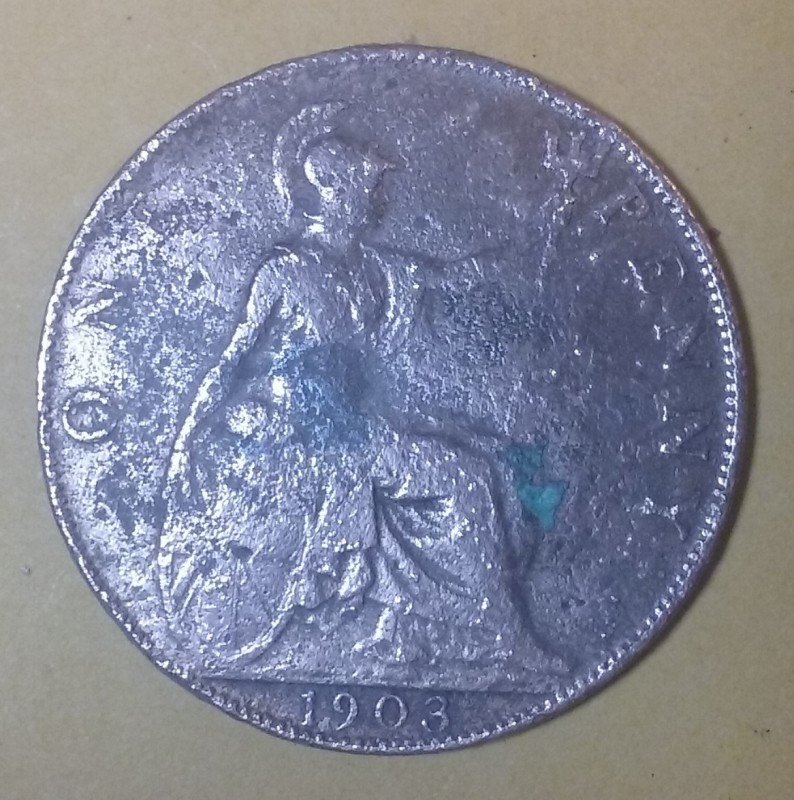
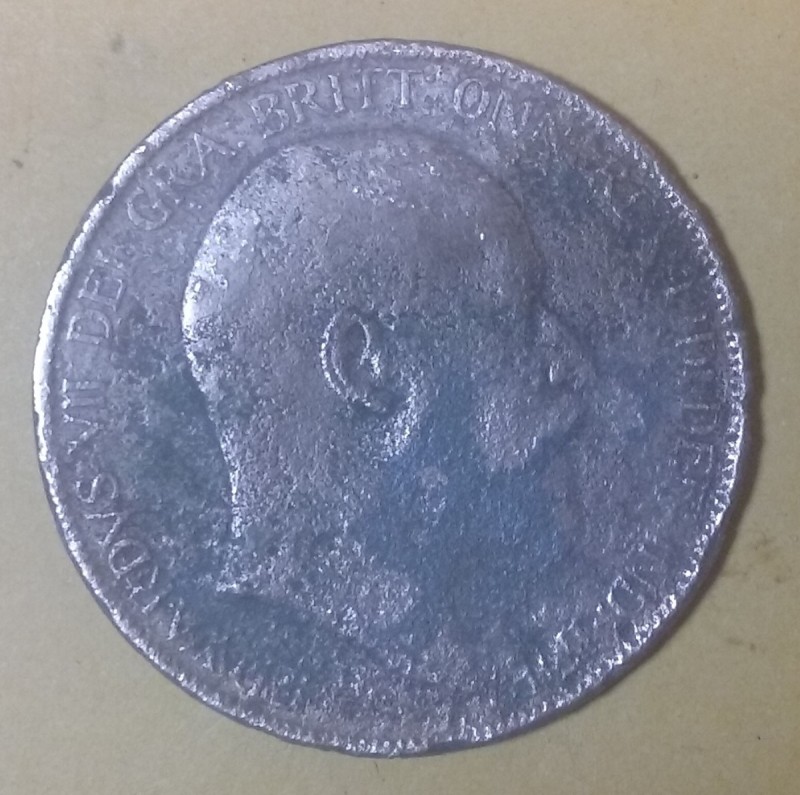
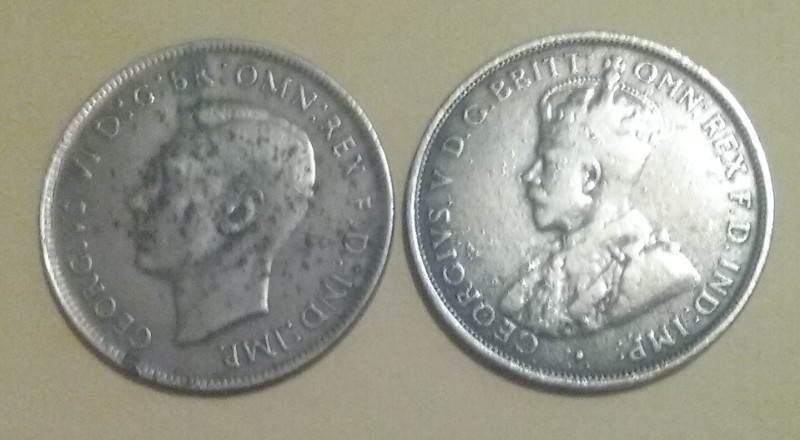
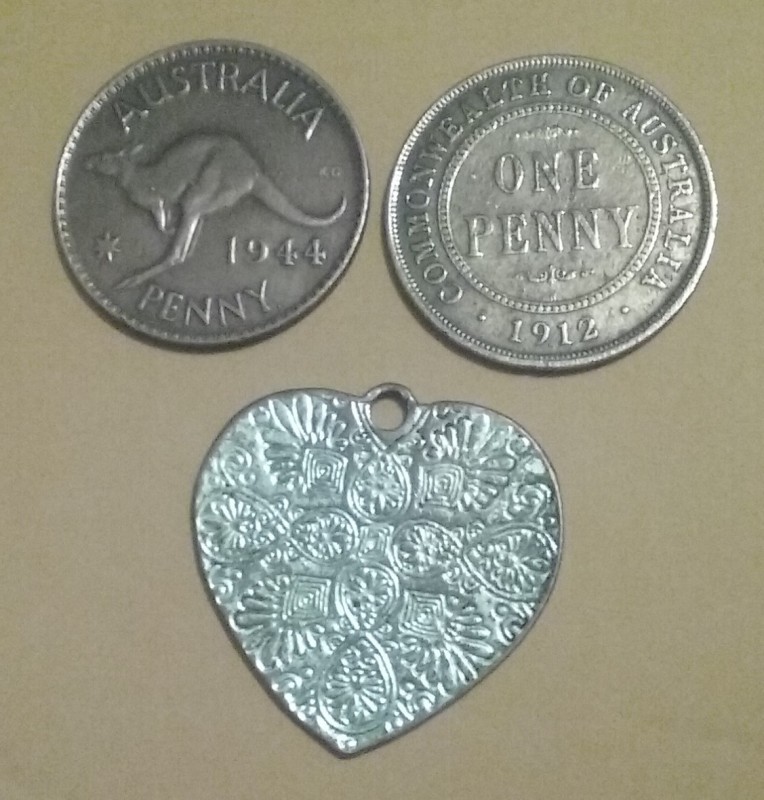
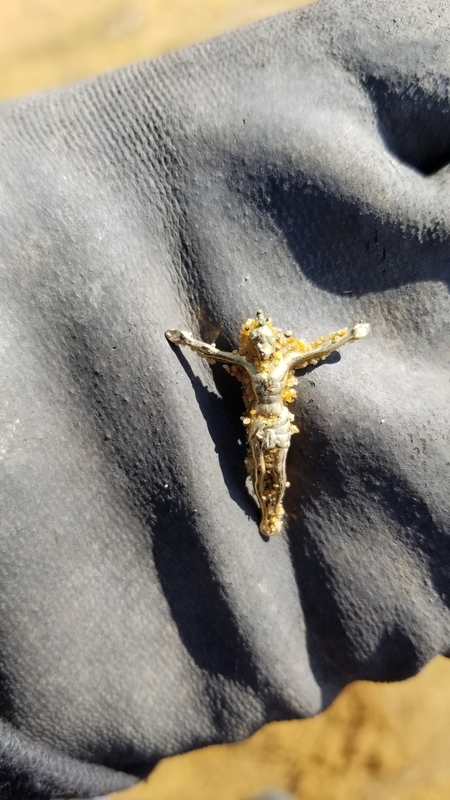
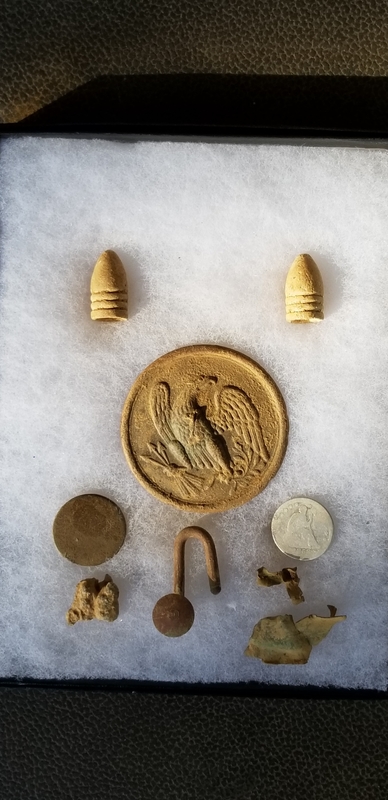


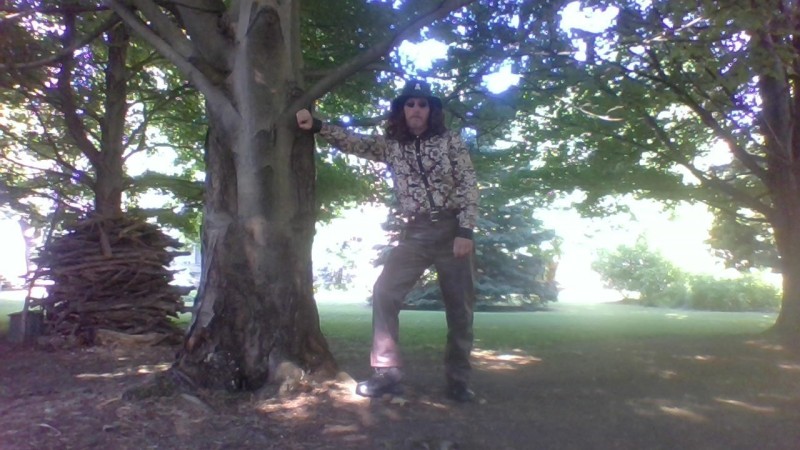
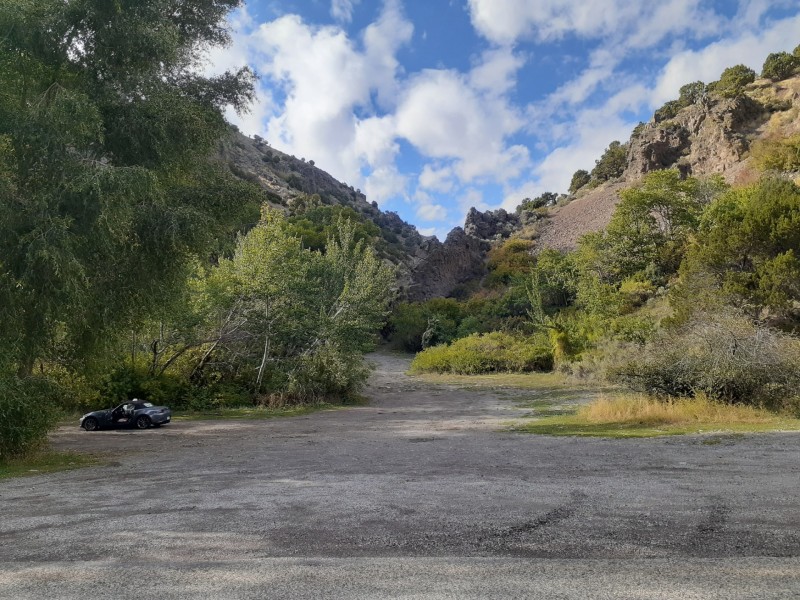
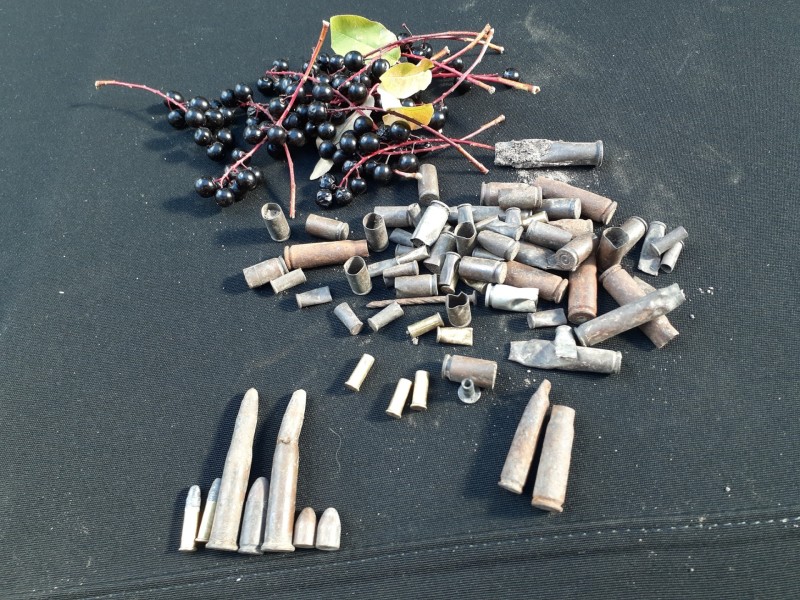
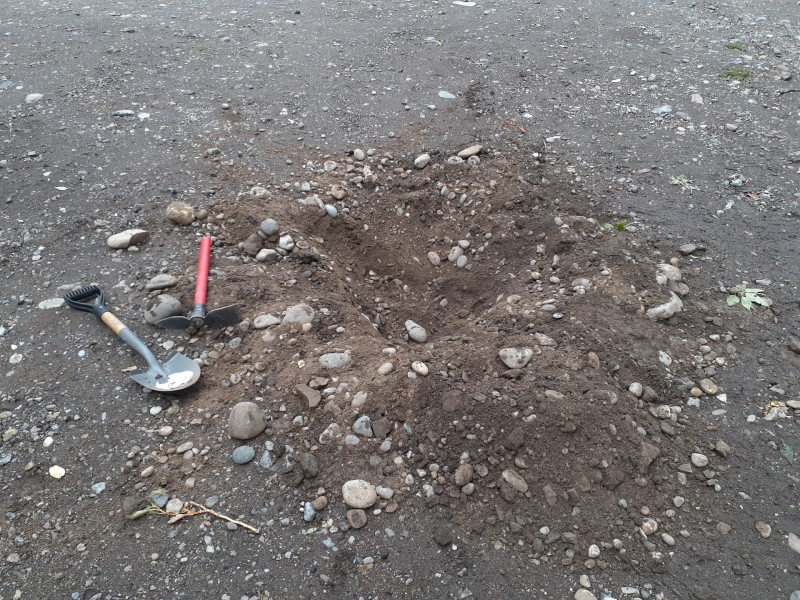
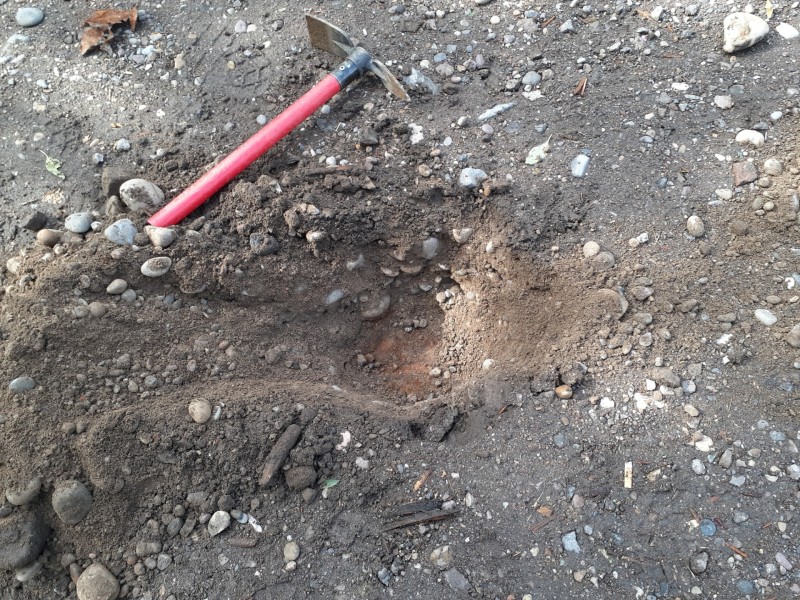
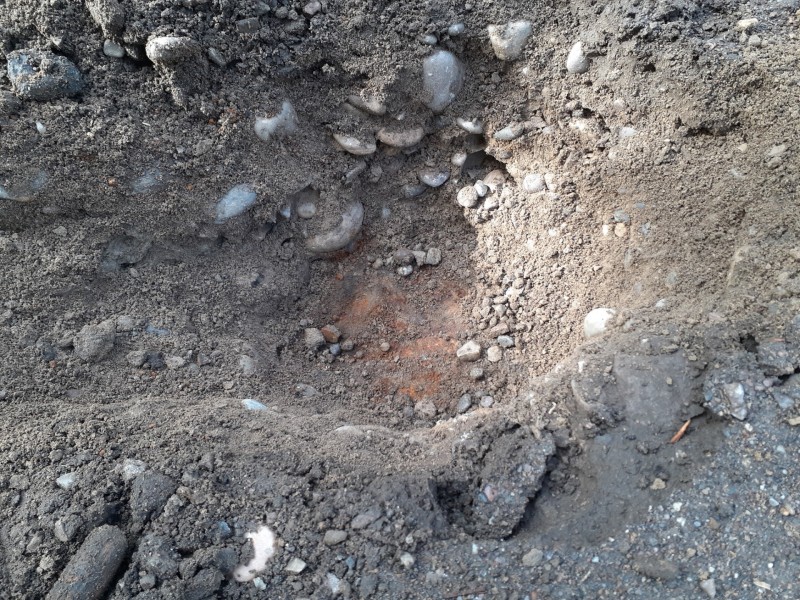
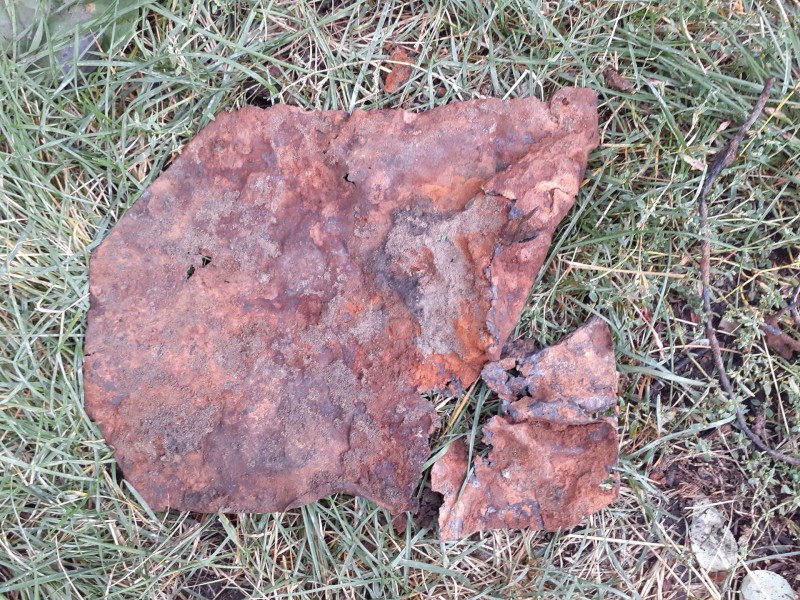
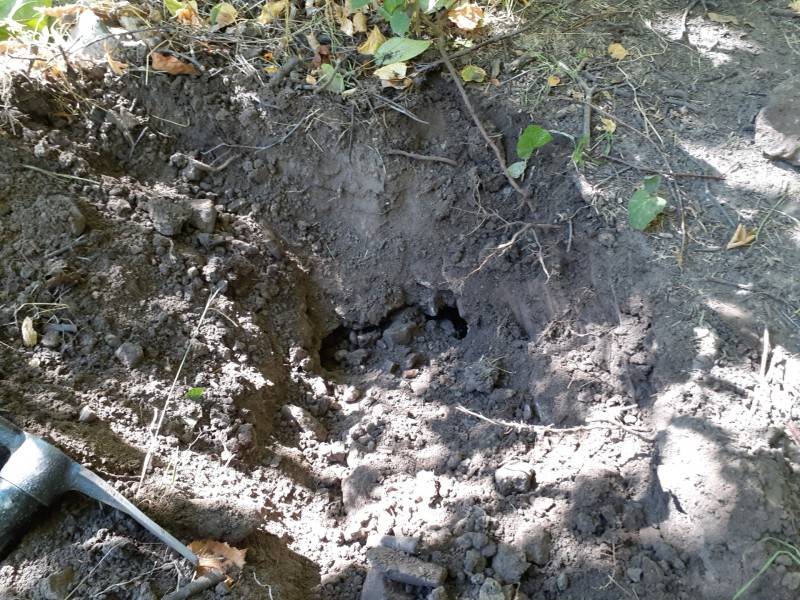
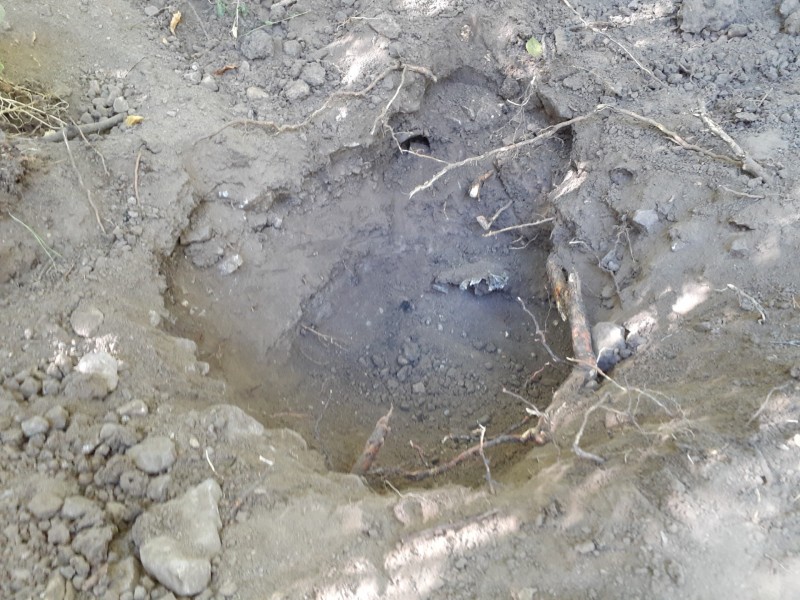
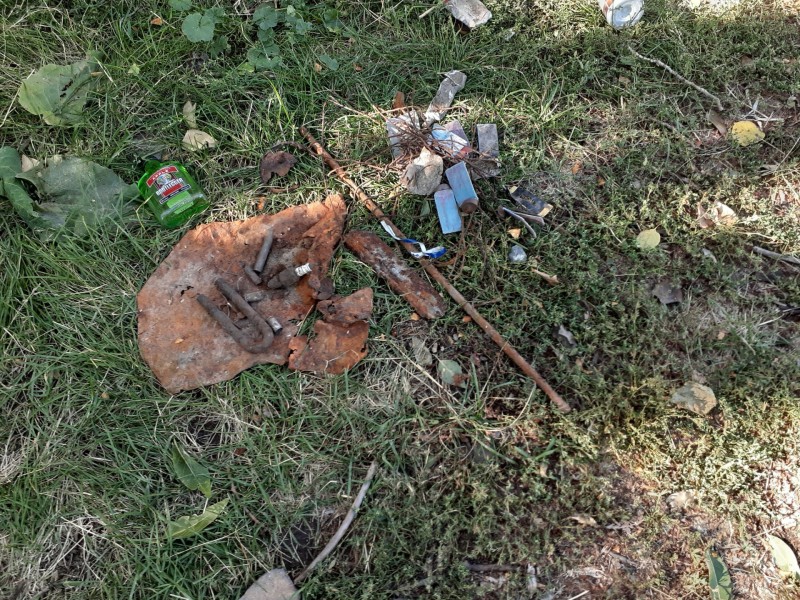
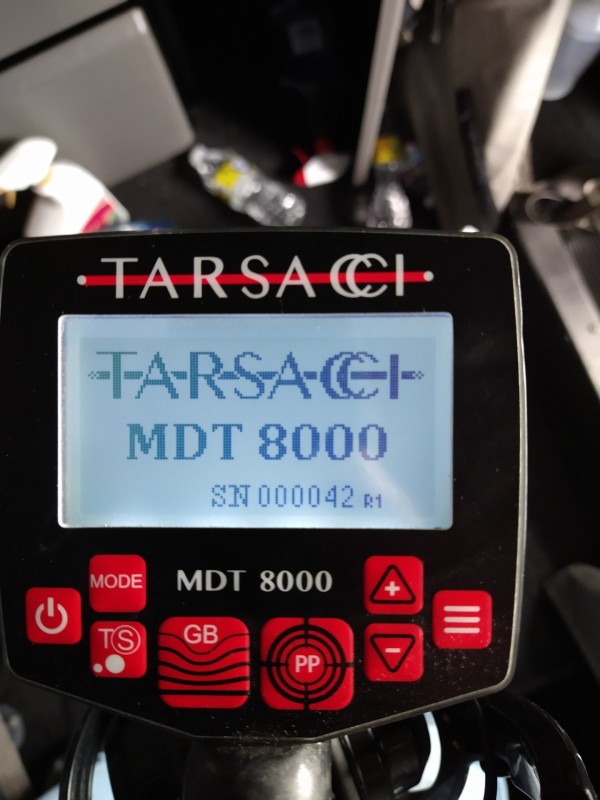
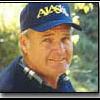

.thumb.jpg.77e4cb5bf39d44bdd2050d2edb7dfdb1.jpg)
